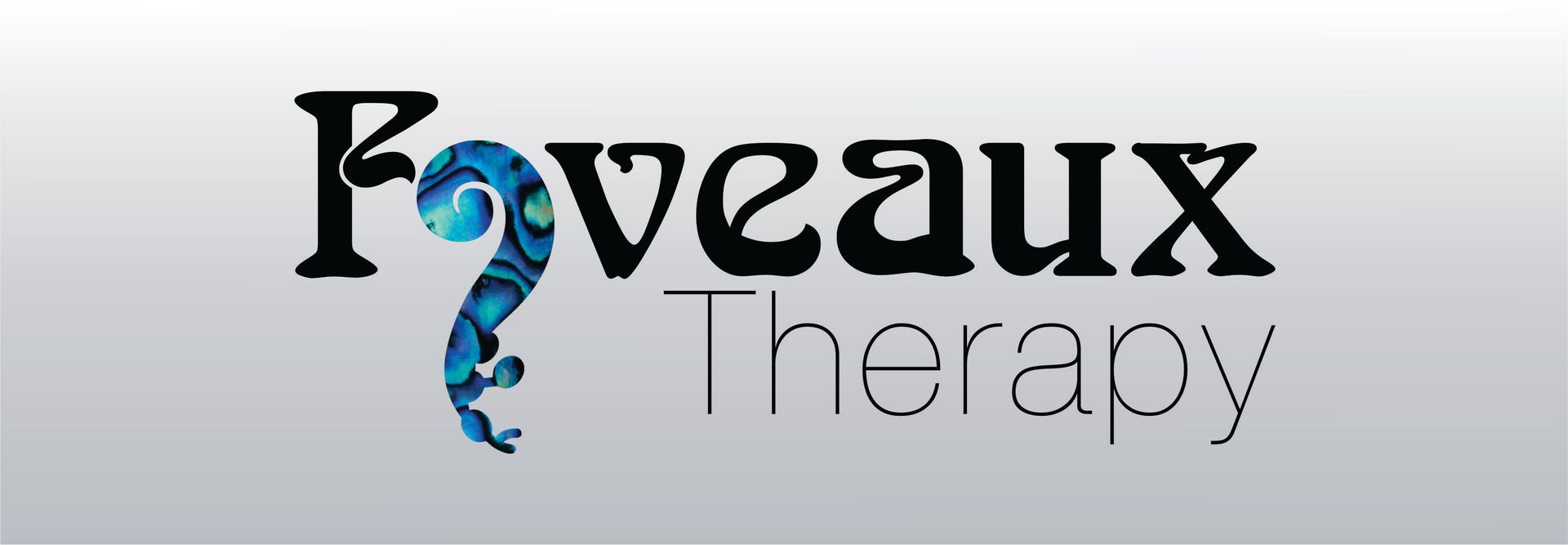LYMPHEODEMA MANAGEMENT
AND PREVENTION
What is Lymphoedema?
Lymphoedema is an accumulation of fluid that causes swelling, most often seen in the arms and legs. It is caused by a disruption in the lymphatic system and is often seen when lymph nodes are removed in a person who has had surgery and/or radiation for cancer.
What is Lipedema?
Lipedema is a chronic, progressive and painful tissue disorder that mainly affects women. It is characterised by a painful swelling in the legs, thighs, buttocks and sometimes the arms and is caused by an abnormal accumulation of fat beneath the skin. Find out more about Lipedema.
Why is early diagnosis & treatment of Lymphoedema important?
Lymphoedema can be serious and if not treated and managed causes severe discomfort as well as a risk of cellulitis. It can become a life long condition. Early diagnosis and treatment can detect subclinical lymphoedema which is reversible. Find out more about our Lymphoedema Prevention Programme.
LYMPHOEDEMA PREVENTION PROGRAMME
Foveaux Therapy implement the Lymphoedema Prevention Programme (LPP) which has been designed to reduce the incidence of life-long Lymphoedema by detecting very small fluid changes in the infected or at-risk limb. Research has shown that early detection can reduce the progression of Lymphoedema by 95%.
The LPP has three key steps:
01
Test
Using our SOZO Body Scan (BIS) machine
02
Trigger
If your scan shows abnormal levels you will be evaluated further to identify the risk of Lymphoedema.
03
Treat
Using a treatment plan that best fits your condition
LYMPHOEDEMA MANAGEMENT
What to Expect During Your Appointment
Your first appointment begins with an assessment of your condition and will take 90 minutes. Follow-up appointments will be 60 minutes long.
A patient health history questionnaire will be available online to complete prior and ideally it should be returned via email or brought it in with them.
Assessments include Ldex values (indicates the amount of fluid difference from an affected to an unaffected limb) are taken using the SOZO (BIS), limb circumference measurements are also taken using a tape measure, a current weight and height. Inspection and palpation of the skin. A holistic individualised plan of care is created for each client and reassessed at each appointments.
To reduce the swelling, it is necessary to re-route the lymph flow, including the excess protein and water molecules, around the blocked area(s) into healthy lymph vessels.
This is achieved by Complete Decongestive Therapy (CDT) which is a combination of five different treatment components: manual lymphatic drainage (MLD), compression therapy (bandaging and garments), self-care instructions, skin care and exercise. CDT is the international recognised “gold standard” treatment and management for primary and secondary lymphoedema. It is performed in two phases.
Phase one, known as the Intensive or Reduction phase, the goal is to achieve maximum reduction of the swelling to come as close as possible to the volume of the opposite healthy limb. Duration of the reduction phase is dependent on the severity of the lymphoedema.
Phase two, the Maintenance or Self-care phase commences once satisfactory volume reduction is achieved and measurements have reached a plateau, the goal is to stabilise the reduced limb and to avoid relapses. During the self-care phase which is on going and individualised each client is supported and encouraged to assume responsibility for maintaining and improving the treatment results achieved in the reduction phase. Clients are provided education and instructions for skin and nail care, infection prevention practices, self-bandaging or alternative garment use as required, donning and doffing of compression garments, exercises, self MLD and follow up appointments.
LYMPHOEDEMA TREATMENT MAY INCLUDE:
- Manual Lymphatic Drainage (MLD) is a professional technique used to activate the lymphatic flow, detoxifying the body, enhancing energy and reducing inflammation. It is a non-invasive and gentle pulsating massage using very light pressure. MLD therapy requires advanced training to learn the precise complex movements at the correct speed and pressure to re-stimulate the lymphatic system. The techniques are based on scientific and physiological principles that have proven to encourage lymph flow.
- Kinesio Taping is a therapeutic taping technique which alleviates pain and facilitates lymphatic drainage by microscopically lifting the skin.
- Compression helps the trapped lymph fluid to flow through the lymph vessels. The compression garment or bandages also act as an extra force for the muscles to work against. This helps the fluid to drain out of the area.
- Self Care Advice and Support for conditions that are unlikely to fully resolve.
Depending on your health condition your practitioner will recommend the number and frequency of treatments.
THE BENEFITS OF TREATMENT
Anyone that has primary or secondary lymphoedema. Anyone that has had radiotherapy, lymph node removal, cancer treatments, chronic venous insufficiency, people with lipedema.

